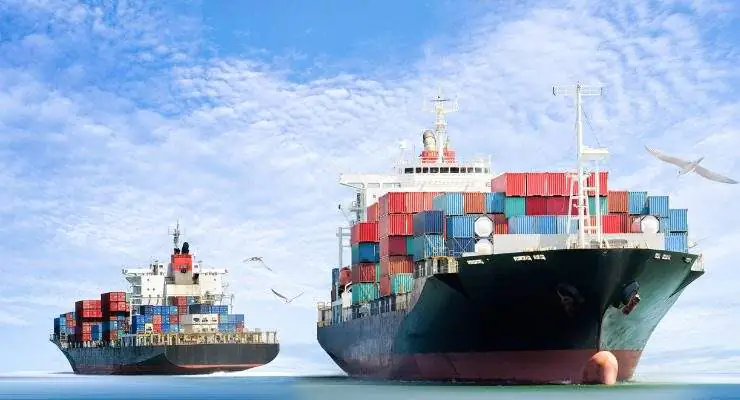

Table of Contents
Introduction to Shipping Freight
Shipping freight is a crucial part of global trade and logistics, allowing goods to move smoothly between countries and continents. It involves transporting large quantities of goods, typically packed into containers or crates, using different modes of transportation like ships, airplanes, trucks, or trains. Shipping freight is essential for connecting producers, manufacturers, and suppliers with their customers worldwide, making international trade possible and supporting economic growth.
Today, the world of shipping freight has become more advanced and efficient, thanks to technological progress and the rising demand for quicker and more dependable shipping options. Businesses of all types and sizes—from small startups to large multinational corporations—depend on shipping freight to get their products to market on time and in good condition.
Grasping the basics of shipping freight, such as the different types, processes, and challenges, is important for anyone involved in international trade or managing a supply chain. This introduction will give you a clear understanding of what shipping freight is all about, why it matters to the global economy, and what key factors to consider when selecting the best shipping freight solution for your business.
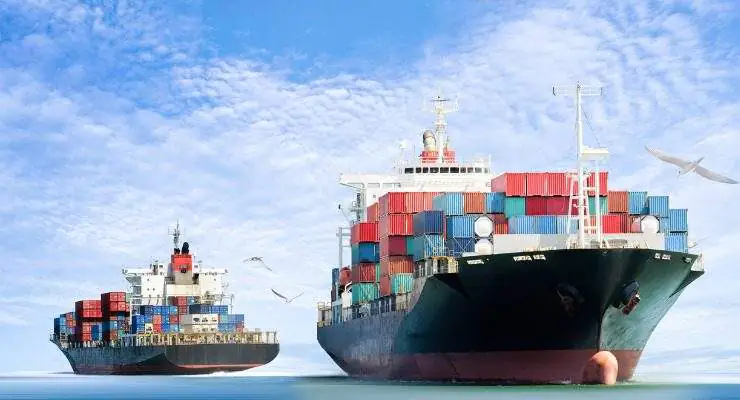
What is Shipping Freight?
Shipping freight is the process of transporting large quantities of goods or cargo from one location to another, typically over long distances. It involves the movement of goods via various modes of transportation such as ships, airplanes, trucks, or trains. Shipping freight is essential for businesses and plays a crucial role in global trade, allowing companies to import and export products across different regions and countries. It encompasses different services, such as full container loads (FCL), less-than-container loads (LCL), air freight, road freight, and rail freight, depending on the type, size, and urgency of the shipment.
Importance of Shipping Freight in Global Trade
Shipping freight is vital for global trade as it provides cost-effective transport for a diverse range of goods, enabling businesses to reach international markets. It enhances supply chain efficiency by ensuring timely deliveries, which is crucial for production schedules. Additionally, freight shipping fosters connectivity between countries, facilitating trade agreements and economic cooperation. The demand for shipping drives infrastructure development, benefiting local economies. While environmental impacts exist, advancements in sustainable practices are improving the industry’s ecological footprint. Overall, freight shipping is essential for economic growth, competitiveness, and the seamless movement of goods worldwide.

Types of Shipping Freight
Ocean freight is the transport of goods by cargo ships across oceans. It’s a cost-effective way to move large quantities of products, making it ideal for businesses shipping bulk items. With the ability to carry diverse cargo types, from containers to oversized goods, ocean freight connects countries and facilitates global trade. It’s also more environmentally friendly compared to other transport methods, as it produces lower emissions per ton. Regular shipping schedules provide reliability, helping businesses plan their supply chains effectively. Overall, ocean freight is essential for international commerce, enabling the smooth movement of goods worldwide.
Ocean Freight
Full Container Load (FCL):
FCL means a shipment that fills an entire shipping container. This is cost-effective for large volumes, as it minimizes handling and transit time.
Less-than-Container Load (LCL):
LCL is for smaller shipments that don’t fill a whole container. Multiple shipments are combined, which saves costs for businesses shipping less.
Roll-On/Roll-Off (RoRo):
RoRo is a shipping method for vehicles that can be driven directly onto the ship. This is efficient for transporting cars, trucks, and machinery, as it simplifies loading and unloading.
Modes of Transportation in Shipping Freight
This involves shipping goods via sea using cargo ships. It’s ideal for transporting large volumes and heavy items over long distances. Maritime transport is cost-effective and environmentally friendly, making it a popular choice for international trade. It connects countries and facilitates the movement of diverse goods.
Maritime Transport
Air Transport
Air transport uses airplanes to move goods quickly over long distances. It’s the fastest shipping method, perfect for time-sensitive items like perishables or urgent deliveries. While more expensive than other modes, its speed and reliability make it essential for global trade, especially in e-commerce.
Rail Transport
Rail transport involves moving goods by train, offering a reliable and efficient option for overland shipping. It’s particularly effective for bulk items and heavy freight across long distances. Rail networks are often more environmentally friendly compared to road transport, making it a sustainable choice for logistics.
Road Transport:
This method uses trucks and vehicles to transport goods over land. It provides flexibility and accessibility, reaching areas where other transport modes may not. Road transport is essential for short-distance deliveries and last-mile logistics, making it crucial for connecting businesses and consumers efficiently.
Key Players in the Shipping Freight Industry
The shipping freight industry comprises several key players, each playing a crucial role in the logistics and transportation of goods globally.
- Shipping Lines: These are companies that operate cargo ships and offer freight services. They manage routes, schedules, and vessel operations, facilitating the movement of goods across oceans. Major shipping lines include Maersk, MSC, and CMA CGM.
- Freight Forwarders: These intermediaries organize the transportation of goods on behalf of shippers. They handle logistics, paperwork, customs clearance, and often negotiate freight rates, ensuring smooth shipping processes.
- Shipping Agents: Acting on behalf of shipping lines in specific ports, these agents manage vessel operations, coordinate cargo handling, and ensure compliance with local regulations.
- Port Authorities: Responsible for managing ports, these authorities oversee the infrastructure, security, and services essential for efficient cargo handling and vessel operations.
- Logistics Companies: These firms provide comprehensive supply chain solutions, including warehousing, inventory management, and distribution services, ensuring goods are delivered efficiently from origin to destination.
- Customs Brokers: They facilitate the clearance of goods through customs, handling tariffs and regulations to ensure compliance with international trade laws.
Together, these players create a complex network that drives global trade and logistics.
Shipping Freight Costs and Pricing
Shipping freight costs and pricing depend on various factors, including the method of transport (ocean, air, rail, or road), the distance, and the type of goods being shipped. Costs typically include freight charges, fuel surcharges, insurance, and customs fees. For ocean freight, Full Container Load (FCL) rates are generally lower per unit than Less-than-Container Load (LCL) rates since LCL involves consolidating shipments. Air freight is pricier but faster, making it suitable for urgent deliveries. Additionally, fluctuating fuel prices and market demand can impact shipping rates, so businesses must carefully assess these factors to manage logistics costs effectively.
Factors Affecting Freight Costs
Distance and Route:
The distance between the origin and destination significantly affects freight costs. Longer distances typically result in higher charges due to increased fuel and time. Additionally, the chosen route can impact costs; direct routes may be cheaper, while detours or congested areas can lead to higher expenses.
Freight Type and Volume:
The type of goods being shipped influences pricing. Hazardous materials, perishables, or oversized items may incur higher fees due to special handling requirements. Volume also matters; larger shipments can benefit from economies of scale, reducing the cost per unit.
Fuel Surcharges and Additional Fees:
Fuel prices fluctuate, leading carriers to implement fuel surcharges that add to shipping costs. Other additional fees may include customs duties, port charges, and handling fees, which can vary based on the service provider and specific shipping circumstances. These factors collectively determine the overall cost of freight shipping.
How to Calculate Shipping Freight Rates
Calculating shipping freight rates involves several steps and considerations:
- Determine Shipment Details: Start by identifying the specifics of your shipment, including the type of goods, weight, dimensions, and volume. These details are crucial for accurate pricing.
- Choose Shipping Method: Decide on the mode of transport—ocean, air, rail, or road. Each method has different rate structures and cost implications.
- Calculate Base Rate: Obtain quotes from freight carriers based on your shipment details. The base rate is usually determined by weight or volume, with different rates for Full Container Load (FCL) and Less-than-Container Load (LCL).
- Add Fuel Surcharges: Include any applicable fuel surcharges, which fluctuate with fuel prices and affect overall shipping costs.
- Include Additional Fees: Consider other potential fees, such as customs duties, handling fees, insurance, and port charges. These can vary significantly based on the shipment’s origin and destination.
- Use Online Freight Calculators: Many freight companies provide online calculators where you can input your shipment details to get an estimated rate.
By following these steps and obtaining quotes from multiple carriers, you can accurately calculate shipping freight rates for your specific needs.
Tips for Reducing Shipping Costs
To reduce shipping costs, consider these tips:
Compare Rates: Use multiple carriers and freight forwarders to find the best rates for your shipments.
Consolidate Shipments:
Combine smaller shipments into one larger one to benefit from economies of scale, reducing the cost per unit.
Optimize Packaging:
Use efficient packaging to minimize weight and dimensions, which can lower shipping fees.
Negotiate Contracts:
Build relationships with carriers and negotiate better rates based on your shipping volume.
Plan Ahead:
Avoid last-minute shipping, which can be more expensive; schedule shipments in advance to secure better rates.
By implementing these strategies, you can effectively lower your shipping expenses.
Shipping Freight Documentation
Bill of Lading (BOL):
A Bill of Lading is a legal document issued by a carrier that outlines the details of a shipment, including the type, quantity, and destination of goods. It serves as a receipt and a contract between the shipper and carrier.
Packing List:
This document itemizes the contents of a shipment, detailing how goods are packed and their individual weights and dimensions. It helps ensure accuracy during loading and unloading.
Commercial Invoice:
A commercial invoice is a bill for the goods being shipped, providing details like prices, quantities, and payment terms. It’s essential for customs clearance.
Certificate of Origin:
This document certifies the country where the goods were manufactured. It’s often required for customs and trade compliance, affecting tariffs and duties.
Import/Export Licenses:
These licenses are government-issued permissions required for importing or exporting specific goods. They ensure compliance with national regulations and help control trade practices.
Shipping Freight Regulations and Compliance
Shipping freight regulations and compliance refer to the laws and standards governing the transportation of goods across borders. These regulations ensure that shipments meet safety, security, and environmental standards. Key aspects include customs documentation, import/export licenses, and adherence to international agreements like the Incoterms. Compliance involves accurate classification of goods, payment of applicable duties and taxes, and proper labeling and packaging. Failure to comply can result in delays, fines, or confiscation of goods. It’s essential for businesses to stay informed about regulations in their shipping destinations to ensure smooth and legal transportation of their products.
International Shipping Regulations (e.g., Incoterms):
International shipping regulations, including Incoterms (International Commercial Terms), define the responsibilities of buyers and sellers in global trade. They clarify who pays for shipping, insurance, and tariffs at various points in the transportation process. Understanding these terms helps avoid disputes and ensures smooth transactions by setting clear expectations for both parties.
Customs Procedures and Duties:
Customs procedures involve submitting required documentation to authorities when goods cross borders. This includes declarations, invoices, and permits. Duties are taxes imposed on imported goods, based on their value and classification. Properly navigating customs helps avoid delays and additional costs.
Compliance with Environmental and Safety Standards:
Compliance with environmental and safety standards ensures that shipping practices adhere to regulations aimed at protecting the environment and human health. This includes proper handling of hazardous materials, waste management, and emissions controls. Meeting these standards is crucial for legal compliance and minimizing the environmental impact of shipping operations.
The Future of Shipping Freight
The future of shipping freight is shaped by several emerging trends that are transforming the industry. One key trend is the increasing use of technology, which is enhancing efficiency and transparency. Innovations like blockchain, IoT, and AI are streamlining operations, allowing for real-time tracking and improved supply chain management. These technologies help reduce costs and minimize delays, making shipping more reliable.
Sustainability is also becoming a major focus. As environmental concerns grow, companies are adopting greener practices, such as using alternative fuels and optimizing routes to reduce emissions. This shift not only meets regulatory demands but also appeals to environmentally conscious consumers.
Predictions for the global freight market indicate significant growth driven by e-commerce expansion and rising demand for fast delivery services. As online shopping continues to flourish, logistics companies are investing in infrastructure and technology to keep pace. Automation in warehouses and ports is expected to play a crucial role in meeting this demand, further enhancing efficiency.
Overall, the shipping industry is on the brink of a technological revolution, with sustainability and efficiency at its core. As these trends evolve, they promise to reshape how goods are transported around the world, making the industry more agile and responsive to changing market dynamics.
Shipping freight is key to moving goods across the globe, connecting businesses and markets. Whether by sea, air, road, or rail, it ensures that products reach their destinations efficiently. Understanding how shipping freight works helps businesses choose the best methods for their needs, ensuring timely and cost-effective delivery. As global trade continues to grow, effective shipping solutions remain essential for supporting economic connections worldwide.

TopShipping
With years of experience in logistics and freight forwarding, the author is passionate about making shipping smoother and more efficient.
As a leader at TopShipping, they’ve developed a deep understanding of supply chain management, international shipping rules, and creative logistics solutions. They’re driven by a desire to help businesses succeed by delivering reliable, customer-focused services.
Over the years, they’ve also shared their expertise by writing for various industry publications, offering practical tips and insights on the latest trends in logistics. Thanks to their leadership, TopShipping has become a trusted name for companies looking for hassle-free global freight solutions.
Comment Section
Comment
Write your idea about "What is freight shipping international? how does it work?"


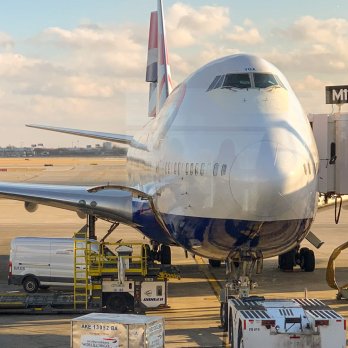



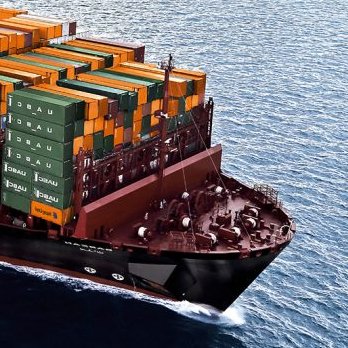
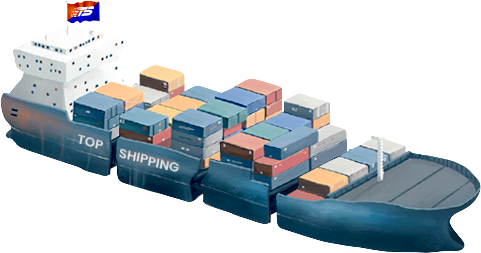
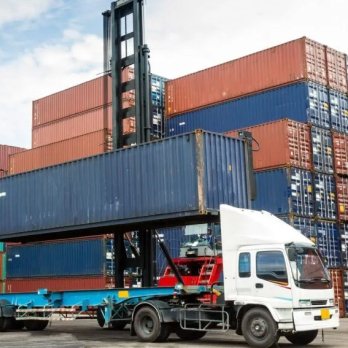

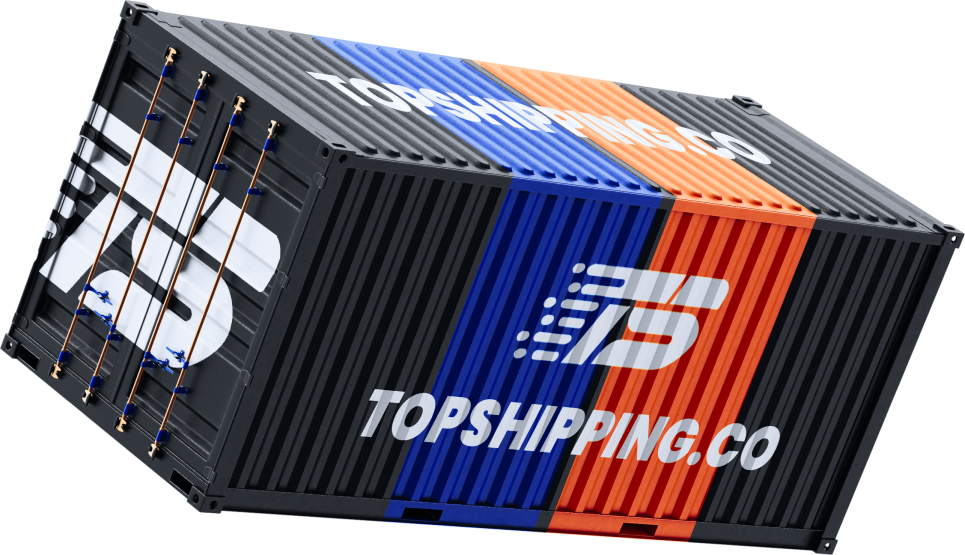





No comments yet.